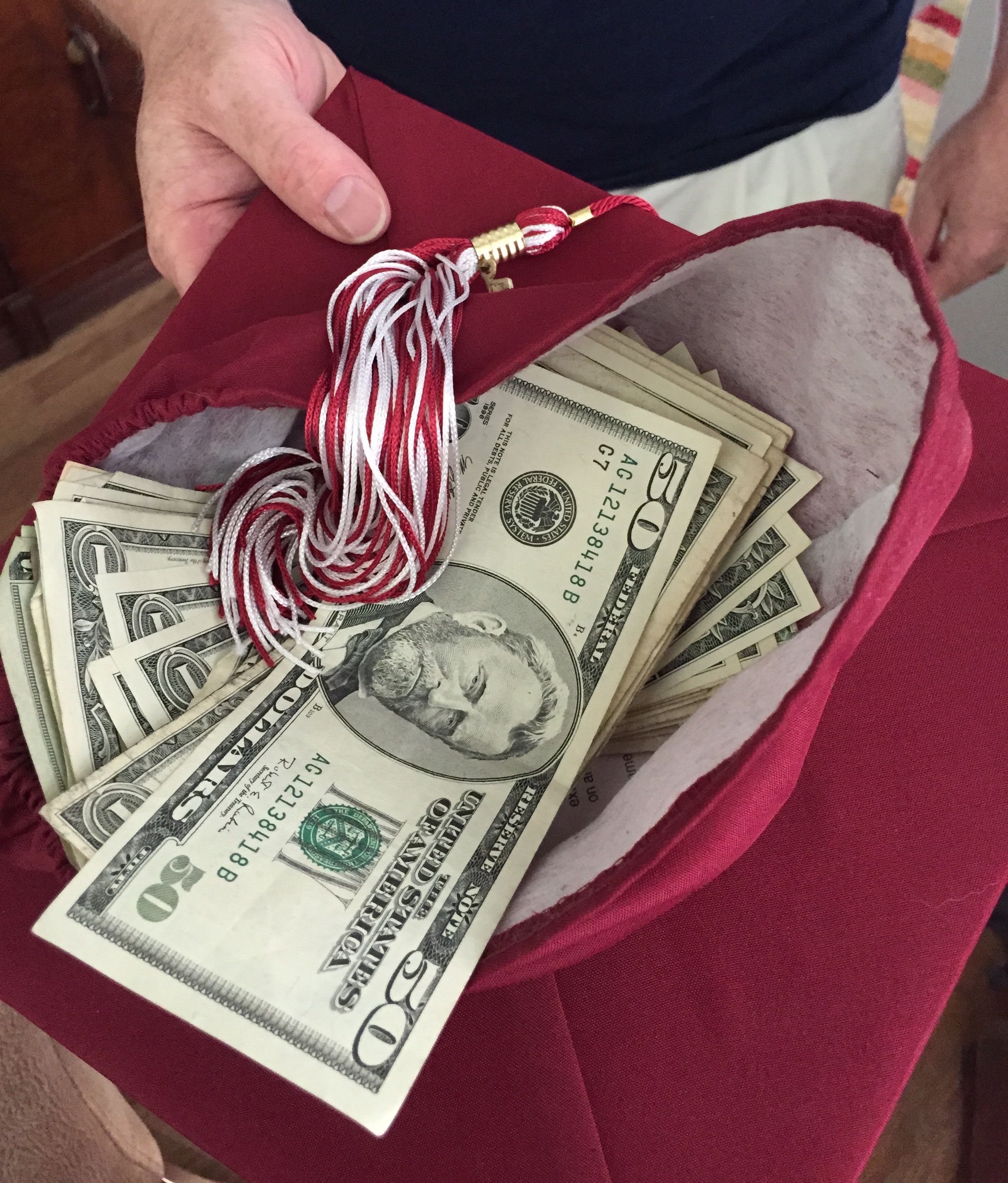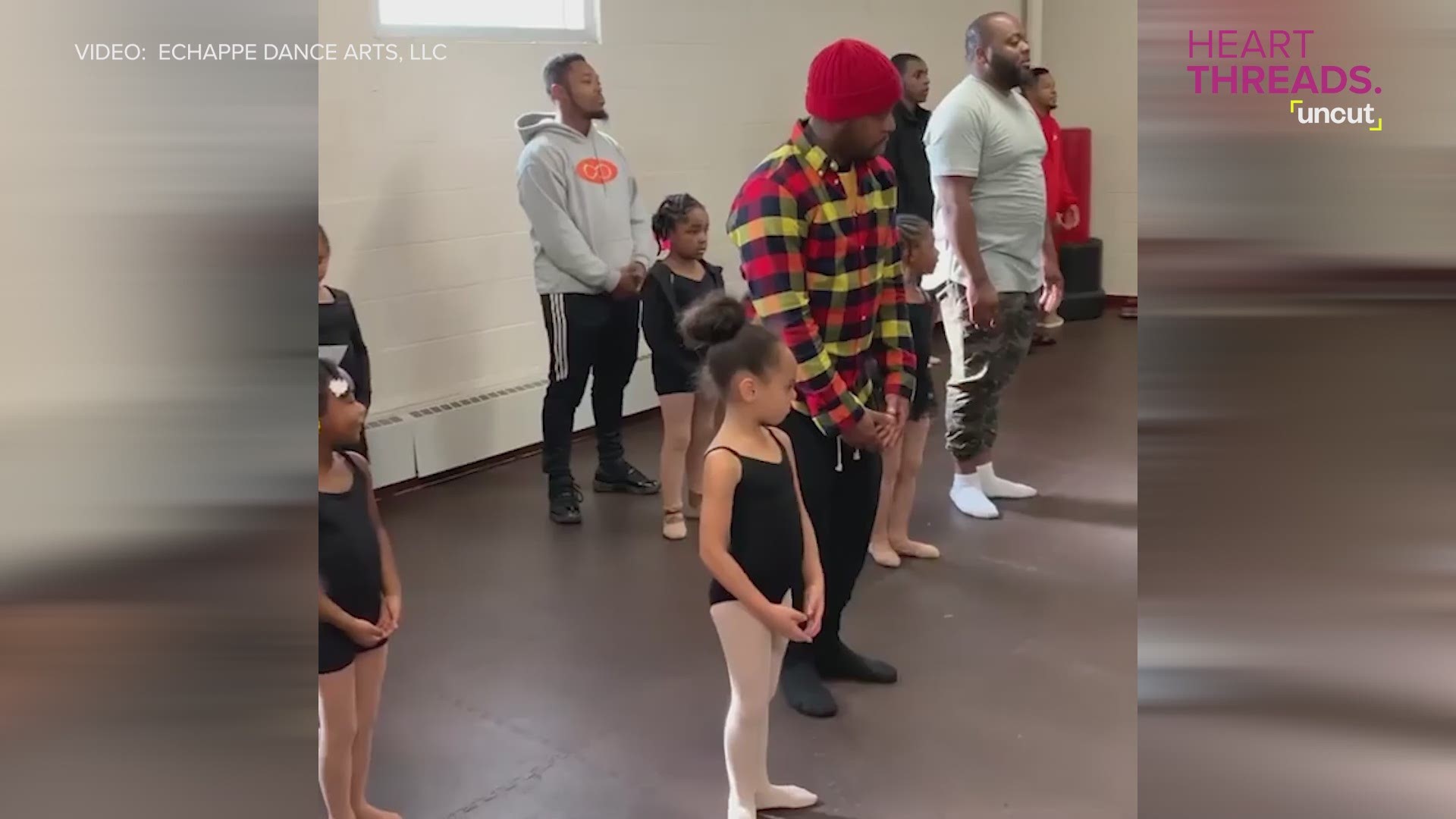High school grads or college students only need to hit the mailbox to find yet another offer for a private student loan.
And given the round of rate hikes for college tuition for the 2016-17 school year, well, those promotional mailings are likely to get a lot more tempting.
"It's time to talk about paying for college," reads a letter from Sallie Mae. "You can borrow smarter with the Smart Option Student Loan."
But what does it take to borrow smart? Certainly more than swinging at the first pitch.
Private student loan season hits early in the summer, often after colleges have spelled out what kind of grants, scholarships and federal loans are being offered to students. Many times, families are looking to a private loan to fill a gap.
But some families are shopping around for better rates, too, as they're borrowing more money to pay for college. Could some get a better rate on a private loan than a federal loan? Well, it depends.
More than 90% of new student loans are made through the federal student loan program. But lenders argue that there's more room for growth with private student loans — particularly if creditworthy borrowers shop around.
The trick: Carefully study your options.
"It's not uncommon for a student or parent to apply for the first loan that markets to them," said Mark Kantrowitz, publisher and vice president of strategy for Cappex.com.
But trying to shop for the least expensive student loan option can be challenging. Here are points to consider:
Mom and Dad — or another relative — may need to be on board.
Pitches for private student loans are sent directly to the students, but the odds of a student being approved for a private loan on his or her own are slim.
"Most of the students have to have a co-signer," said Cheryl Whitman, assistant director of the Michigan State University Office of Financial Aid.
Typical college freshmen or sophomores aren't going to have a credit history needed to get a private student loan on their own. A co-signer with healthy credit can help obtain a lower rate, too.
About 90% of the Sallie Mae student loans have co-signers. About 30% of the co-signers for the SallieMae Smart Option loans are someone other than parents, said Richard Castellano, vice president of corporate communications for Sallie Mae.
Just because you spot an offer for a private student loan doesn't mean you'll get the money.
The private student loan involves risk-based pricing. It's a lot like a car loan or a mortgage, where you get a better rate if you've got a better credit history.
At Citizens Bank, you'd need a minimum FICO credit score of 620 for a private student loan.
The average FICO score for borrowers for the Sallie Mae Smart Option Loan is 748. The lender uses a custom scorecard to judge a borrower's ability to pay, financial stability and willingness to repay.
About 40% of applications for the Sallie Mae Smart Option Loan are approved. The average loan amount is $10,000.
You can save by shopping around, but know what you're buying first
Rates on private student loans are wide-ranging, again, depending on creditworthiness.
Variable rates for private undergraduate student loans can range from around 2.5% to nearly 10%. Fixed rates can range from around 5.25% to nearly 12%.
Brendan Coughlin, president of consumer lending for Citizens Bank, said students want to tap into any free money first, including scholarships, college savings and subsidized student loans.
But, he argues, borrowers with good or excellent credit should shop more than one private student loan lender and compare those rates with what they'd pay for federal student loans. The average loan amount for a private student loan through Citizens Bank is around $14,000.
Citizens, which is headquartered in Providence, R.I., has been working to build its national student loan business via radio and TV ads, digital marketing and direct mail.
The cost of higher education has been outpacing wage growth and inflation, so more families need to borrow more money for college, Coughlin said. He said he thinks more families should be shopping around but are simply taking the federal loans presented in awards letters.
To be sure, it can be difficult for a borrower to comparison shop for private student loans.
"For example, a lender might offer a seemingly low fixed rate by limiting the repayment term to just five years," Kantrowitz said.
So you need to pay attention when looking at a private student loan to see if the repayment is five years, 10 years or 15 years.
Make sure you understand what's a fixed rate and what's a variable rate. A variable rate is often pegged to rate indexes, such as LIBOR, and would go up over time, as interest rates climb.
Some companies, such as Wells Fargo, offer a discount on rates if the borrower already has a relationship with the lender. Or the Wells Fargo Get College Ready program offers a 0.25% rate discount on a new private loan if an application is made by June 30.
Some loans, like the Smart Option loan, offer a lower rate to borrowers who agree to make payments while in school.
All student loans are not the same; each type has advantages
The fixed rate on a new Stafford subsidized or unsubsidized student loan is 4.29% for loans disbursed before July 1. The maximum on a Stafford loan is $5,500 for the school year for dependent freshman undergrads.
The interest rates for new federal student loans issued July 1 or after will be lower across-the-board. The new rate will be 3.76% for undergraduate Stafford loans, 5.31% for graduate Stafford loans, 6.31% for Parent PLUS loans and 6.31% for Grad PLUS loans. Those rates apply to new loans issued through June 30, 2017.
Kantrowitz noted that parents who have very good or excellent credit might want to review private parent loans that are less expensive than the federal parent PLUS loan but often more expensive than the federal Stafford loan for students.
If you qualify for a private loan at 3.5% to 5%, it could be a better deal than a parent PLUS loan at 6.31%.
Jennifer Wang, director of the Washington, D.C., office of the advocacy group the Institute for College Access and Success, said she's concerned that some borrowers do not take full advantage of federal student loans before taking out private loans.
A family that doesn't fill out the Free Application for Federal Student Aid would not have access to federal loans and grants. FAFSA is required for all federal education loans, including the federal parent PLUS loan.
Many schools say it's not too late to file a FAFSA form even if a freshman is heading to school in the fall.
It's good to realize that federal student loans for undergraduate students do not take into account one's credit history. So if you have an iffy history, you're better off with a federal loan. The federal parent PLUS loan will take into account a credit history.
Another advantage: The federal Stafford loans do not require co-signers.
One drawback: Private loans typically do not offer income-driven repayment plans, as are offered with federal student loans. But some private loans will offer some types of repayment breaks and loan modification programs on request.
Contact Susan Tompor: stompor@freepress.com, 313-222-8876 or on Twitter @Tompor

![Picking up cash for college [image : 86231894]](http://www.gannett-cdn.com/-mm-/c23275a1bb441b42017059f363d6966f0cb3eb2b/c=0-505-2406-2562/local/-/media/2016/06/22/DetroitFreePress/DetroitFreePress/636021867556851788-FullSizeRender.jpg)

